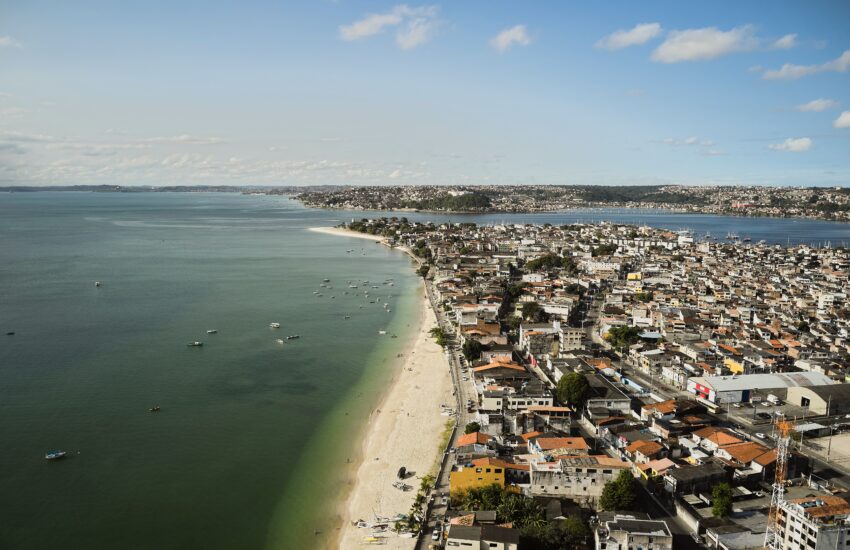Brazil, the largest country in South America and the fifth-largest in the world, is a land of breathtaking natural beauty, vibrant culture, and diverse landscapes. From the stunning Amazon Rainforest to the world-famous beaches of Rio de Janeiro, Brazil offers a plethora of famous places to visit. In this extensive exploration, we will delve into some of the most iconic destinations in Brazil, covering its natural wonders, historic sites, and cultural hotspots.
1. Christ the Redeemer (Cristo Redentor), Rio de Janeiro:
One of the most recognizable landmarks in the world, Christ the Redeemer stands atop the Corcovado Mountain, overlooking the vibrant city of Rio de Janeiro. This colossal statue of Jesus Christ, with arms outstretched, symbolizes Brazilian hospitality and spirituality. Visitors can take a cogwheel train to the summit for panoramic views of the city and the surrounding coastline. – Mohit Tandon Chicago
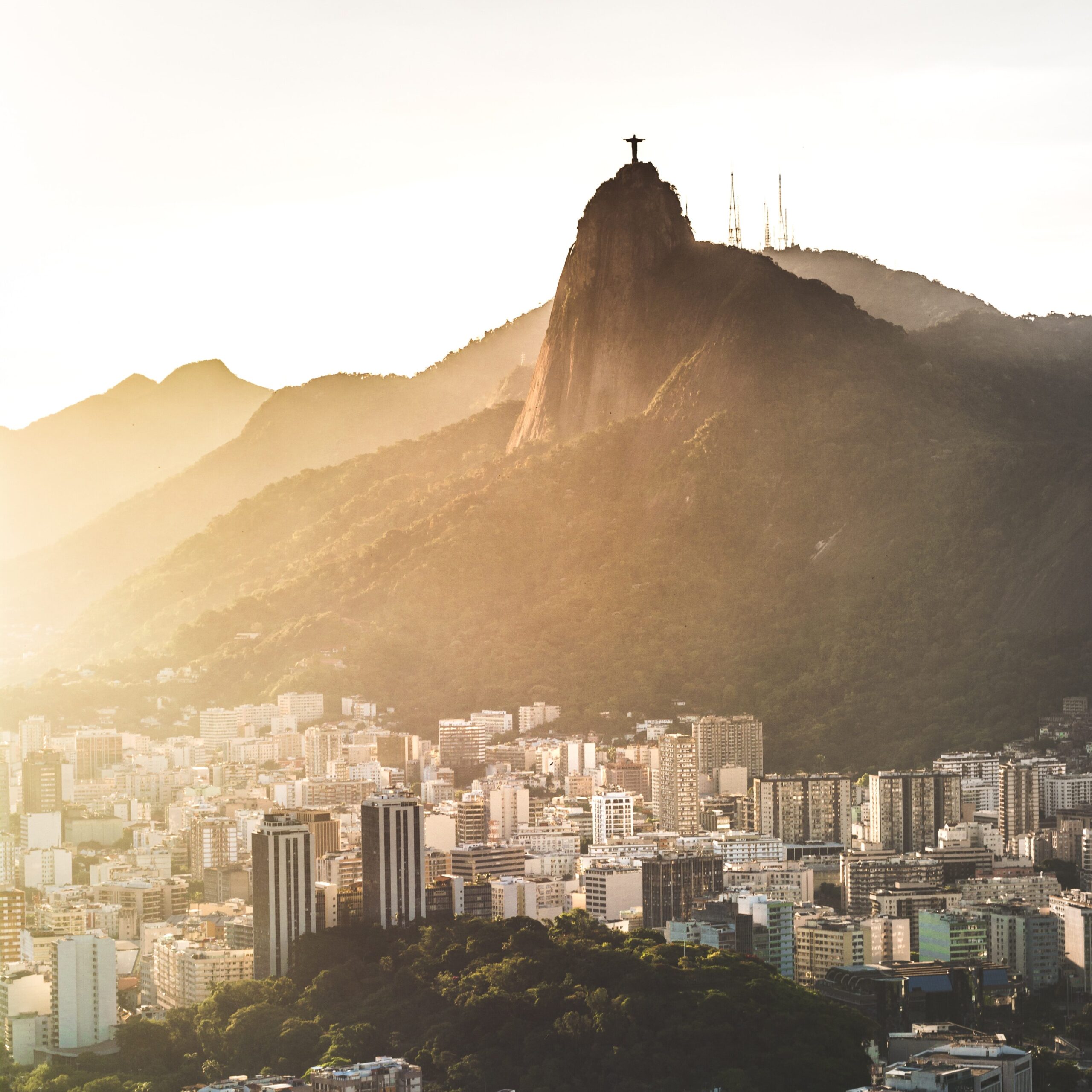
2. Ipanema and Copacabana Beaches, Rio de Janeiro:
Rio de Janeiro is renowned for its stunning beaches, with Ipanema and Copacabana being two of the most famous. These beaches are not only a place to soak up the sun and enjoy the sea but are also hubs of culture and entertainment. You’ll find beach volleyball, live music, and vibrant beachfront promenades. – Mohit Tandon Chicago
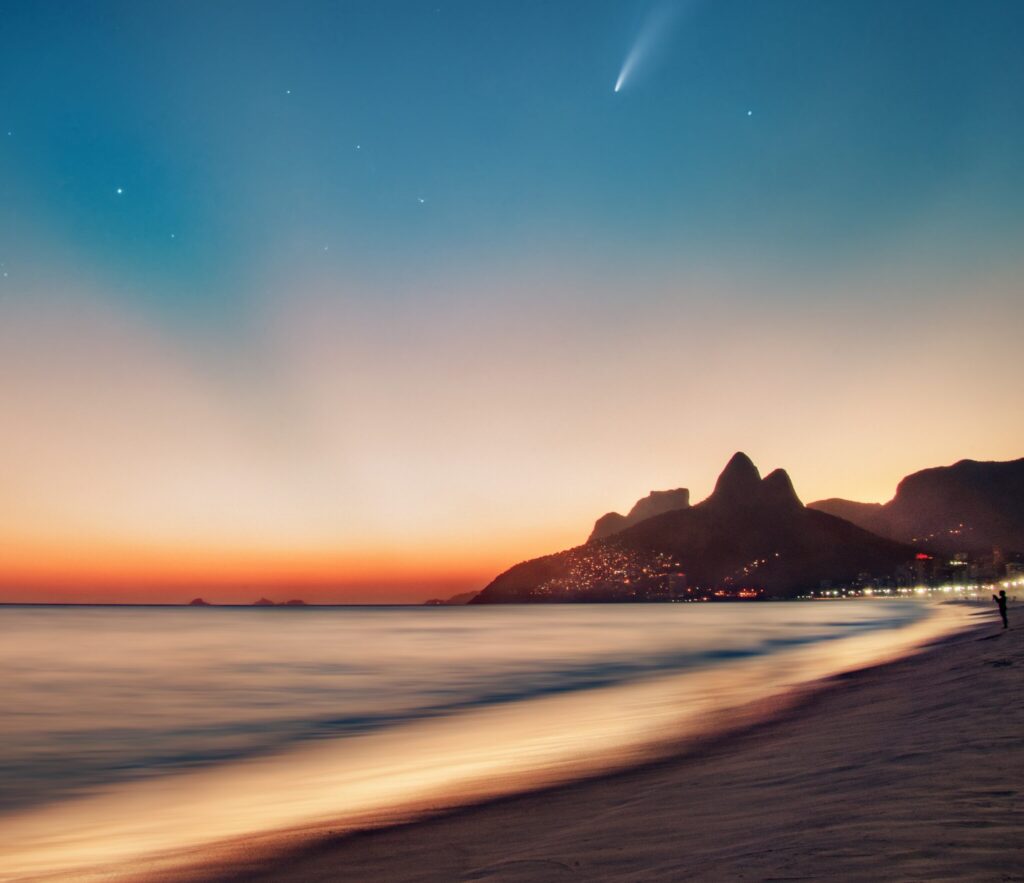
3. Sugarloaf Mountain (Pão de Açúcar), Rio de Janeiro:
Sugarloaf Mountain is a dramatic peak rising from the harbor of Rio de Janeiro. The view from the top, accessible via a cable car, offers a unique perspective of the city, including Guanabara Bay, the beaches, and the lush surrounding landscape. It’s particularly breathtaking during sunset.
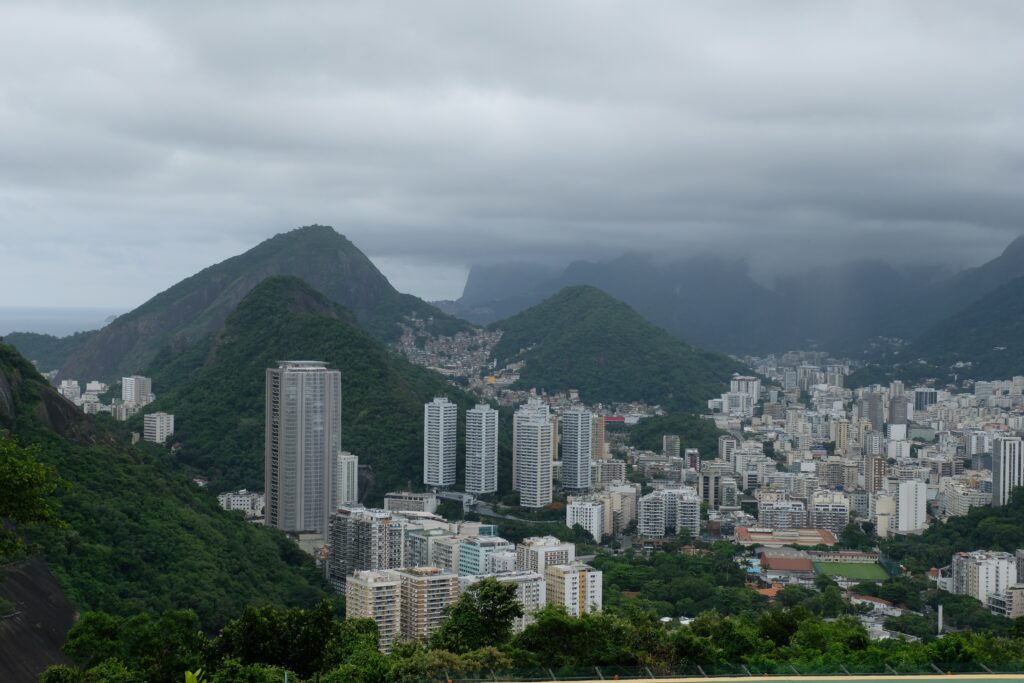
4. Amazon Rainforest:
The Amazon Rainforest is a colossal expanse of dense jungles and waterways, covering approximately 40% of Brazil’s territory. It is home to an astonishing array of wildlife, including jaguars, sloths, and diverse bird species. The Amazon River, one of the world’s longest, is an integral part of this ecosystem. Travelers can explore the rainforest through guided tours and river cruises. – Mohit Tandon Chicago
5. Pantanal:
The Pantanal, the world’s largest tropical wetland area, is a paradise for wildlife enthusiasts. It teems with a stunning variety of animals, including capybaras, caimans, and countless bird species. It’s one of the best places for birdwatching and wildlife safaris. Exploring the Pantanal can be done through boat tours and guided excursions.
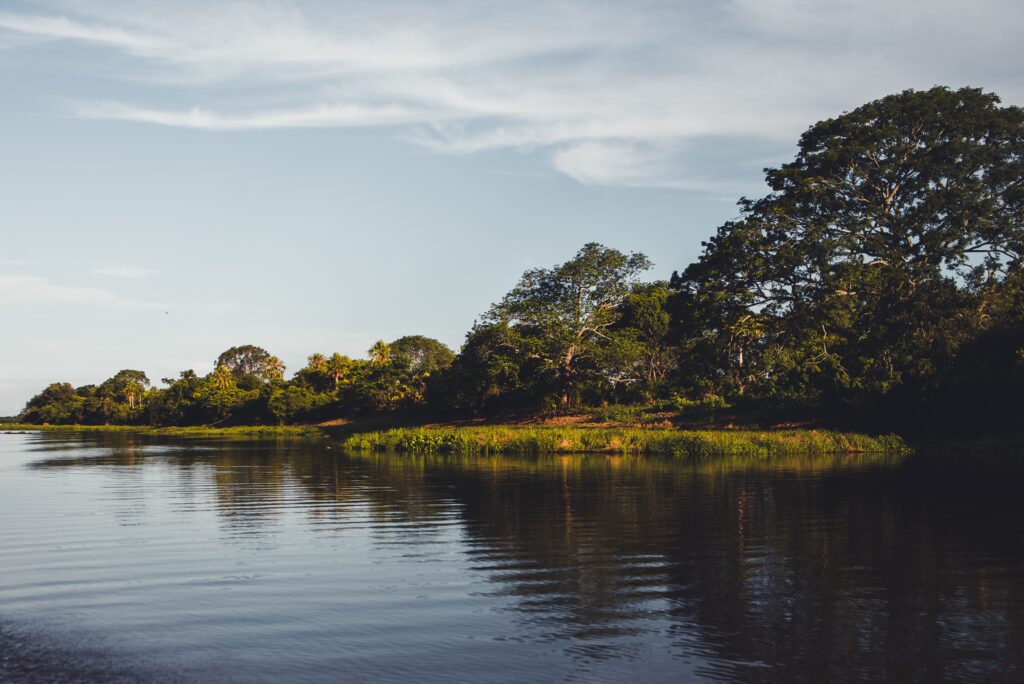
6. Iguaçu Falls (Cataratas do Iguaçu):
Straddling the border between Brazil and Argentina, Iguaçu Falls is one of the most awe-inspiring natural wonders in the world. The falls consist of over 270 individual cascades and span nearly 2 miles. The deafening roar of the water and the immense curtain of mist make Iguaçu Falls a must-visit destination. Visitors can explore the falls from well-maintained walkways and boat tours.
7. Salvador, Bahia:
Salvador, the capital of the state of Bahia, is a city deeply rooted in Brazilian history and culture. The historic center, Pelourinho, is a UNESCO World Heritage Site, with its colorful colonial architecture, lively squares, and churches. Salvador is also famous for its vibrant Carnival, where music, dance, and local traditions come alive.
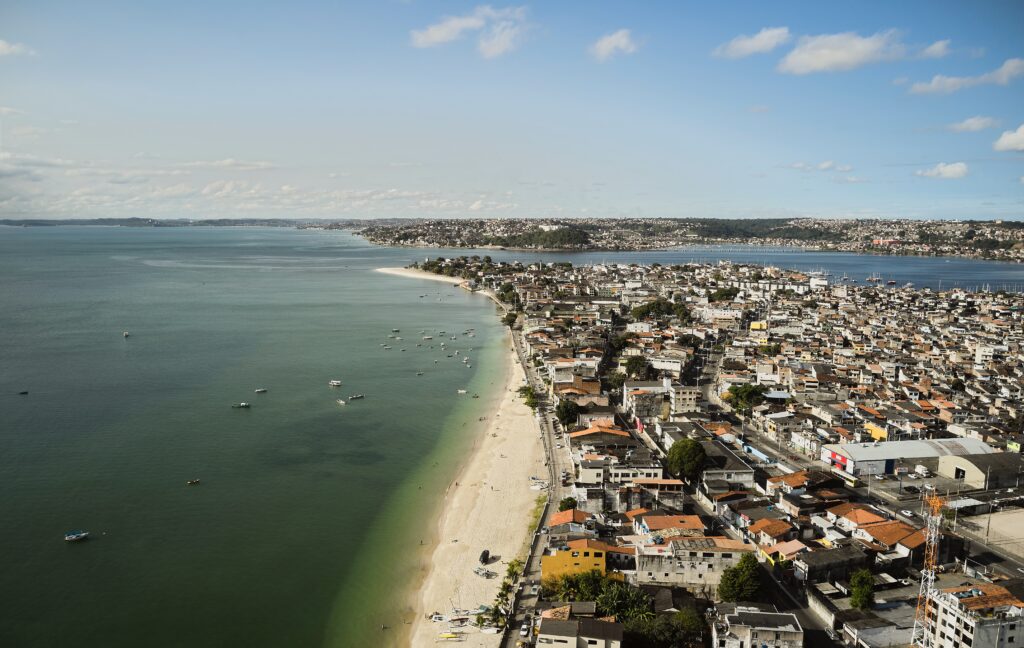
8. São Paulo:
As Brazil’s largest city, São Paulo is a bustling metropolis known for its diverse culture, culinary excellence, and vibrant arts scene. You can explore the city’s numerous museums, art galleries, and theaters. The Ibirapuera Park is a green oasis in the heart of the city and a great place to relax.
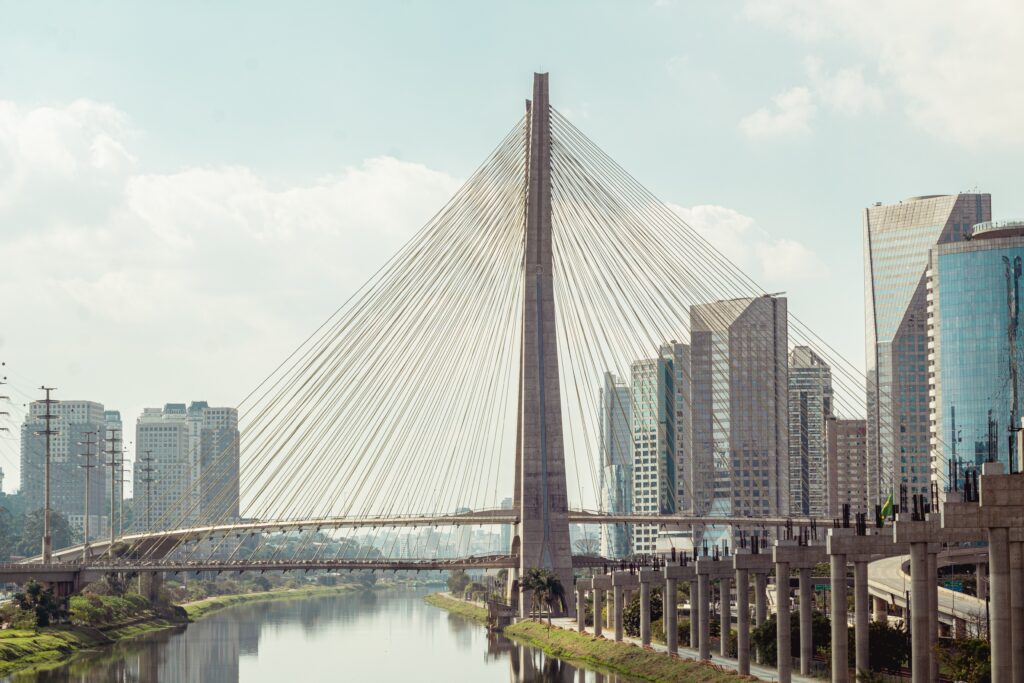
9. Rio Carnival:
The Rio Carnival is one of the most famous and spectacular events in the world. Held annually in the lead-up to Lent, this vibrant festival features elaborate parades, samba dancing, and colorful costumes. Visitors can join in the celebrations by attending samba schools or simply enjoying the festivities in the streets of Rio de Janeiro.
10. Ouro Preto, Minas Gerais:
Ouro Preto is a charming colonial town nestled in the mountains of Minas Gerais. Its well-preserved historic center is a UNESCO World Heritage Site and features beautiful Baroque architecture, ornate churches, and cobbled streets. Ouro Preto is also known for its gold-mining history.
11. Fernando de Noronha:
Fernando de Noronha is an archipelago located off the northeast coast of Brazil. It’s celebrated for its pristine beaches, crystal-clear waters, and vibrant marine life. The region is a marine park offering excellent opportunities for snorkeling, diving, and wildlife observation.
12. Manaus and the Meeting of the Waters:
Manaus is the gateway to the Brazilian Amazon and a city steeped in history. A unique natural phenomenon occurs near Manaus, where the dark waters of the Rio Negro meet the lighter waters of the Solimões River, creating the striking “Meeting of the Waters” spectacle.
13. Lencois Maranhenses National Park:
Lencois Maranhenses is a surreal landscape of rolling sand dunes dotted with pristine, freshwater lagoons. The park, located in Maranhão state, is particularly enchanting after the rainy season when the lagoons are at their fullest. It’s a natural wonder that resembles an otherworldly oasis.
14. Paraty, Rio de Janeiro:
Paraty, a historic town on the coast of Rio de Janeiro, is known for its well-preserved colonial architecture and cobblestone streets. The town is surrounded by lush tropical forests and secluded beaches. It’s also a gateway to explore the nearby Serra da Bocaina National Park.
15. Brasília:
Brasília, the capital of Brazil, is renowned for its modernist architecture and urban planning. Designed by architect Oscar Niemeyer and urban planner Lúcio Costa, the city’s layout is shaped like an airplane, with its government buildings and monuments spread across the “wings.” Key attractions include the National Congress, the Cathedral of Brasília, and the Juscelino Kubitschek Memorial.
16. Salvador Carnival:
Salvador’s Carnival is another vibrant celebration and is distinct from the Rio Carnival. It features massive street parties, called “blocos,” where revelers follow music trucks through the streets, dancing to the rhythms of axé and samba-reggae music.
17. Chapada dos Veadeiros National Park:
Chapada dos Veadeiros, located in the state of Goiás, famous for its striking landscapes, including waterfalls, canyons, and rock formations. The park offers opportunities for hiking, birdwatching, and exploring its unique cerrado ecosystem.
18. Lençóis, Bahia:
Lençóis is the gateway to exploring the beautiful Chapada Diamantina National Park in Bahia. The town, with its well-preserved colonial architecture, serves as a base for outdoor enthusiasts who want to explore the park’s caverns, waterfalls, and table-top mountains.
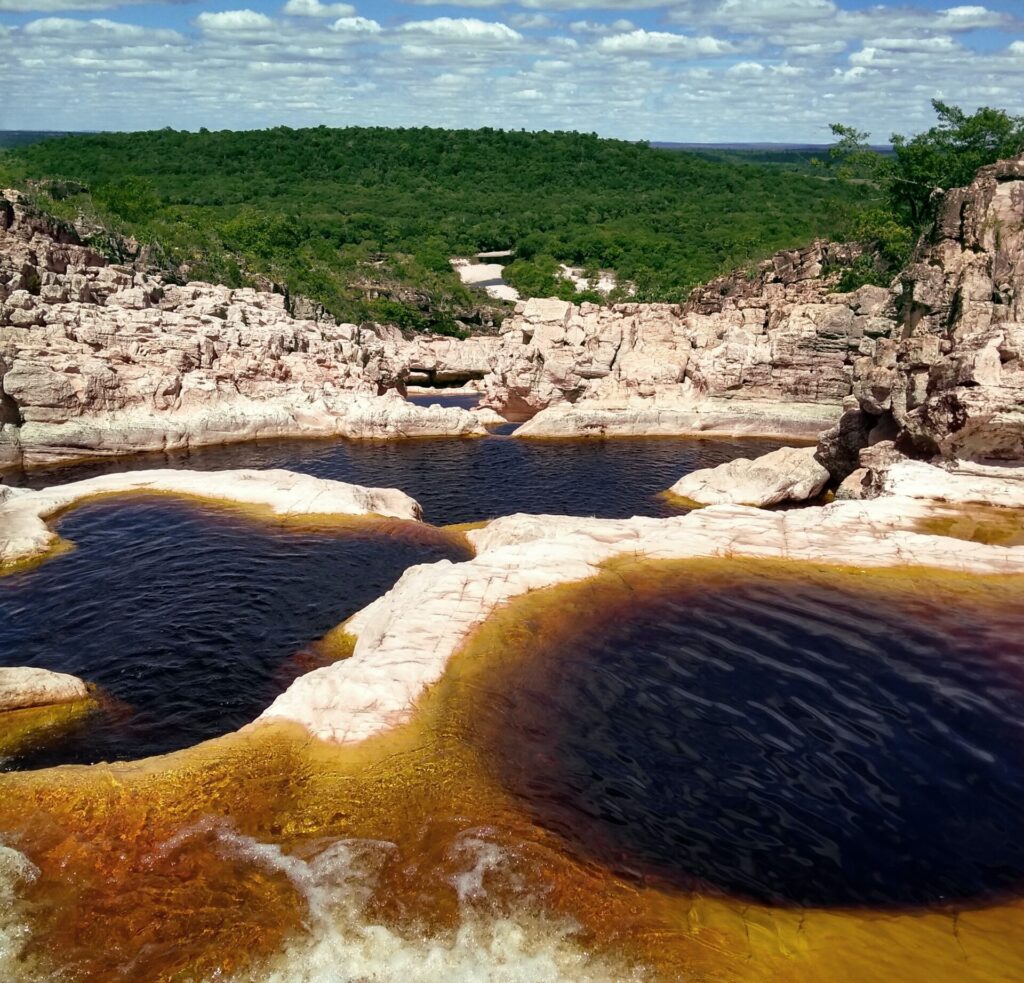
19. Recife and Olinda:
Recife and Olinda are neighboring cities in the state of Pernambuco, known for their rich cultural heritage and historic sites. The historic center of Olinda boasts colorful houses and baroque churches, while Recife is a bustling, coastal metropolis.
20. Bonito, Mato Grosso do Sul:
Bonito, a town in Mato Grosso do Sul, is famous for its crystal-clear rivers, caves, and waterfalls. It’s a paradise for eco-tourism and adventure activities, including snorkeling, scuba diving, and exploring the region’s limestone caves.
21. Sao Francisco River Canyons:
The São Francisco River, one of Brazil’s most significant rivers, meanders through canyons in the northeast region of the country. The dramatic landscape of the canyons provides an ideal setting for boat rides and trekking.
22. Tiradentes, Minas Gerais:
Tiradentes is a picturesque colonial town in Minas Gerais. The town’s historic center is characterized by its well-preserved architecture and a cobblestone-paved main square. It’s also famous for its local crafts and cultural festivals.
23. Ouro Branco, Minas Gerais:
Ouro Branco, another charming town in Minas Gerais, is famous for its scenic beauty, historic churches, and mining history. The town offers a peaceful retreat from the bustling cities, with opportunities for leisurely walks and cultural exploration.
24. Angra dos Reis and Ilha Grande:
Angra dos Reis is a coastal town in the state of Rio de Janeiro, known for its stunning bay and islands. One of the most famous islands is Ilha Grande, which is a paradise for nature lovers, offering hiking trails, beautiful beaches, and crystal-clear waters. – Mohit Tandon Chicago
25. Chapada dos Guimarães, Mato Grosso:
Chapada dos Guimarães, located in the state of Mato Grosso, is known for its red sandstone cliffs, waterfalls, and hiking trails. It’s a great place for outdoor activities, and visitors can explore the Chapada’s unique geological formations.
26. Fortaleza, Ceará:
Fortaleza is a vibrant coastal city in northeastern Brazil, celebrated for its sunny beaches, cultural diversity, and seafood cuisine. The city’s Praia de Iracema is a popular spot for visitors, and the nearby beaches offer water sports and relaxation.
27. Ilhéus, Bahia:
Ilhéus, a coastal town in Bahia, is famous for its stunning beaches, cacao plantations, and colonial architecture. The town’s beautiful coastline is complemented by a rich literary history, as it was the setting for many novels by Brazilian author Jorge Amado.
28. Penedo, Rio de Janeiro:
Penedo, located in the state of Rio de Janeiro, is a charming town with a strong Finnish influence. Visitors can explore its European-style architecture, enjoy the local cuisine, and experience the tranquility of the Finnish Forest, a preserved natural area.
29. Belém, Pará:
Belém, the capital of the state of Pará, is famous for its rich Amazonian culture and cuisine. The city is famous for its vibrant markets, including the Ver-o-Peso Market, where visitors can find exotic fruits, fish, and regional handicrafts.
30. Buzios, Rio de Janeiro:
Búzios is a fashionable coastal town known for its beautiful beaches, vibrant nightlife, and boutique shops. It’s a popular destination for relaxation and water sports, such as snorkeling and scuba diving.
31. Cuiabá, Mato Grosso:
Cuiabá, the capital of Mato Grosso, is often referred to as the “Green City” due to its lush surroundings. It’s a gateway to exploring the Pantanal and the Chapada dos Guimarães. The city itself offers a blend of cultural experiences, wildlife sanctuaries, and adventure opportunities.
32. Natal, Rio Grande do Norte:
Natal is a coastal city known for its beautiful dunes, including the famous Genipabu Dunes. The city offers a unique combination of beaches, adventure sports, and cultural attractions.
33. Porto Seguro, Bahia:
Porto Seguro is often regarded as the place where Portuguese explorer Pedro Álvares Cabral first set foot in Brazil. The town offers a mix of historical sites, vibrant nightlife, and stunning beaches. Nearby, Arraial d’Ajuda and Trancoso are also popular destinations.
34. São Luis, Maranhão:
São Luís, the capital of Maranhão, is famous for its well-preserved colonial architecture. The historic center, with its azulejo-covered buildings, is a UNESCO World Heritage Site. The city is also famous for its rich cultural heritage, including traditional festivals and music.
35. Bonfim, Bahia:
Bonfim, a neighborhood in Salvador, is home to the Bonfim Church, one of the city’s most iconic landmarks. The church is a center of religious pilgrimage and is famous for its vibrant ribbons that are tied around the church’s fence, each representing a different wish or prayer.
36. Curitiba, Paraná:
Curitiba is a well-planned and eco-conscious city in southern Brazil. It’s known for its parks, botanical gardens, and cultural events. The city’s transportation system is also celebrated for its efficiency and sustainability.
37. Itaipu Dam:
The Itaipu Dam, located on the Paraná River, is one of the world’s largest hydroelectric power plants. Visitors can take guided tours to learn about the dam’s construction and its impact on the region.
38. São Paulo Museum of Art (MASP):
The São Paulo Museum of Art, designed by renowned architect Lina Bo Bardi, is an architectural masterpiece and home to a vast collection of art, including works by Brazilian and international artists. The museum’s distinctive glass and concrete structure is a work of art in itself.
39. São Paulo Botanical Garden:
The São Paulo Botanical Garden is a peaceful oasis in the midst of the bustling city. It features an array of native and exotic plants, as well as walking trails and greenhouses with diverse ecosystems.
40. Tijuca National Park:
Tijuca National Park, located in the heart of Rio de Janeiro, is one of the world’s largest urban forests. The park offers hiking trails, waterfalls, and the famous Tijuca Peak with panoramic views of the city.
41. Goiânia, Goiás:
Goiânia is the capital of Goiás and is famous for its modernist architecture and urban planning. The city boasts beautiful parks, museums, and a lively music scene.
42. Natal Carnival:
According to Mohit Tandon Chicago, Natal’s Carnival is a unique celebration that combines Brazilian carnival traditions with local folklore. The city’s streets come alive with music, dance, and colorful costumes during this festive season.
43. Guanabara Bay:
Guanabara Bay, the stunning natural harbor of Rio de Janeiro, is not just a scenic destination but also an important part of the city’s history. Visitors can explore the bay by boat and take in the views of Rio’s iconic landmarks.
44. São Paulo Municipal Market (Mercadão):
The São Paulo Municipal Market, locally known as “Mercadão,” is a bustling food market with vendors selling a variety of fruits, vegetables, meats, and traditional Brazilian dishes. It’s a great place to sample local cuisine and experience the city’s culinary diversity.
45. Teatro Amazonas, Manaus:
Teatro Amazonas, located in Manaus, is a stunning opera house built during the rubber boom era. The theater’s opulent design, including its famous blue dome, makes it a must-visit cultural attraction in the Amazon region.
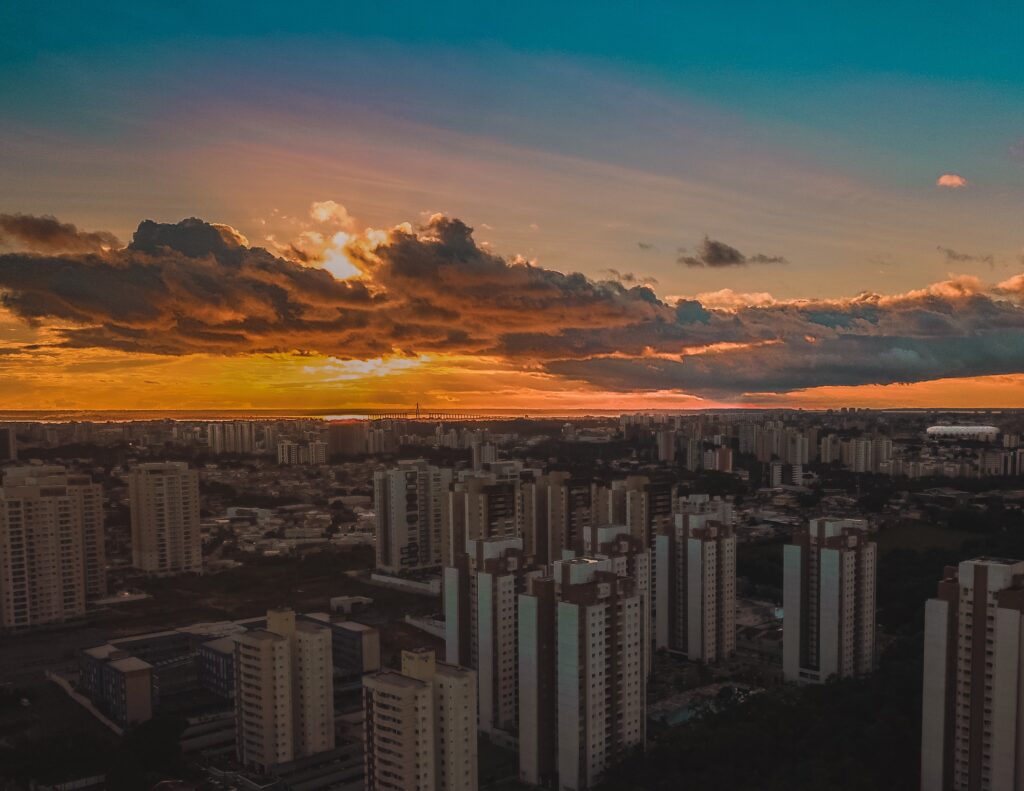
46. Maracanã Stadium, Rio de Janeiro:
Maracanã Stadium, officially named Estádio Jornalista Mário Filho, is one of the most famous soccer stadiums in the world. It has hosted historic matches, including World Cup finals. Visitors can take guided tours to learn about the stadium’s history and enjoy its vibrant atmosphere during games.
47. Pirenópolis, Goiás:
Accordingly Mohit Tandon Burr Ridge, Pirenópolis is a charming colonial town in Goiás, surrounded by the picturesque Serra dos Pirineus mountains. The town is famous for its preserved architecture, waterfalls, and traditional festivals.
48. Recife Carnival:
Recife’s Carnival is famous for its energetic frevo music and dance style. The city’s carnival celebrations are filled with street parties, music performances, and vibrant costumes. – Mohit Tandon Chicago
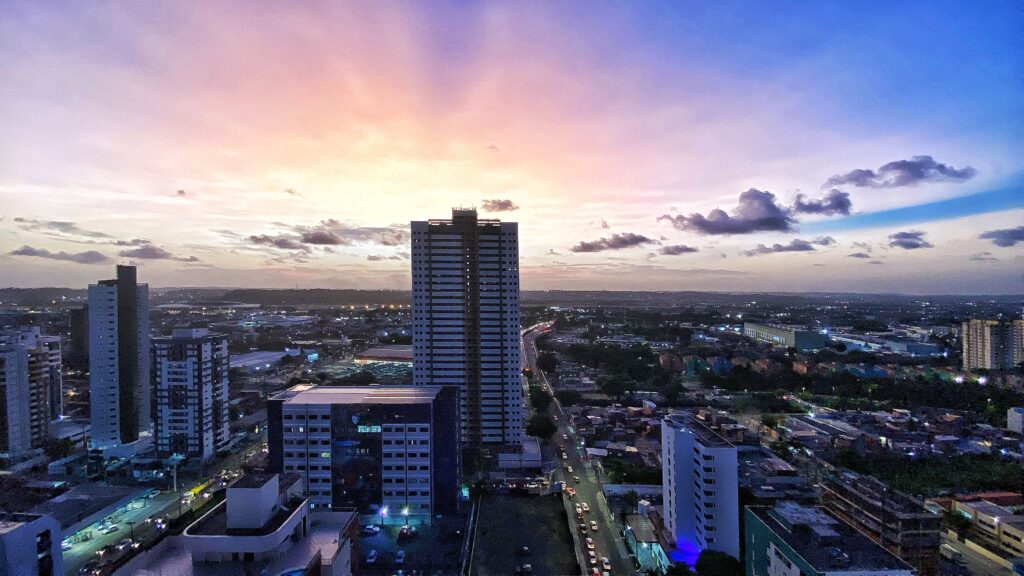
49. Bento Gonçalves, Rio Grande do Sul:
Bento Gonçalves is the heart of Brazil’s wine country. It is famous for its vineyards and wine production. Visitors can explore the region’s wineries and enjoy wine tastings while taking in the beautiful landscapes of the Serra Gaúcha.
50. Santa Catarina Island:
Santa Catarina Island, located off the southern coast of Brazil, is celebrated for its pristine beaches, clear waters, and diverse marine life. The island is a popular destination for beach lovers, surfers, and nature enthusiasts.
